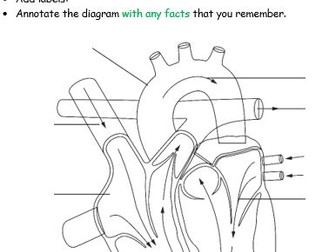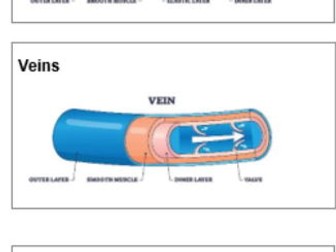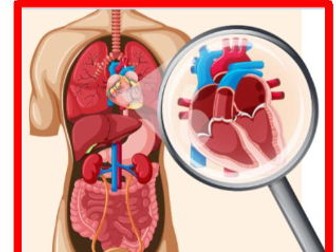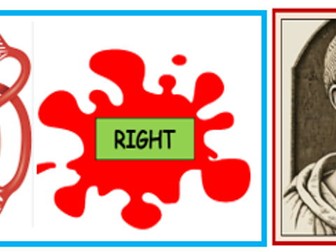
Human Circulatory System: lesson1 to support new Collins Hub Snap Science Scheme for year 6
This lesson, along with subsequent lessons, have been created using adaptations from version 2 of Collins Hub (formerly Collins Connect Snap Science). The content of each lesson material is designed to enable a teacher to deliver the entire teaching sequence with all presentation materials prepped without the need for further work. The scheme is a great starting point, but from a lesson presentation view there are gaps. Those gaps have been closed for your ease. Thank you





